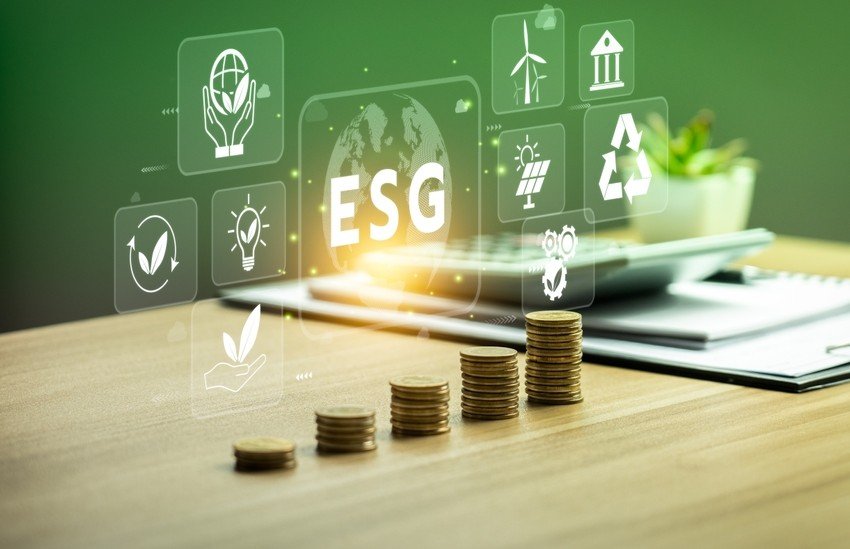America’s clean-energy push keeps hitting the same obstacle: people want upgrades, but the money is hard to get. Green banks are stepping in, stretching public dollars and pulling private lenders along for the ride.
Green banks have evolved from a niche idea into a serious financial force, and their impact is beginning to reshape how homes and small businesses cut energy use.
A New Kind Of Financial Engine
Green banks operate differently from traditional lenders, and that is the entire point. They use public money to draw in private capital, offering support so lenders feel comfortable approving loans that might look a bit unusual on paper.
These institutions revolve around “revolving capital,” a model where funds are lent out, repaid, and lent out again. Simple in theory, but surprisingly effective in practice.
They share risk with financial partners to make projects involving heat pumps, weatherization, or solar panels more bankable.
A single sentence here.

And this risk-sharing helps unlock projects that otherwise sit on the shelf. Borrowers get access to loans that feel realistic for their budgets, and lenders get assurance that they won’t be holding the bag if anything goes wrong.
• Loan loss reserves, lower interest rates, credit supports, and bundled project portfolios remain the most common tools these banks use to keep deals moving.
Many green banks report that $1 of public funding can attract anywhere from $3 to $30 of private investment. That multiplier effect, frankly, grabs the attention of policymakers who constantly hunt for ways to stretch limited resources.
Michigan Shows What Scaled Impact Looks Like
Michigan Saves—often cited as the country’s first statewide nonprofit green bank—started back in 2009. It was built to address a frustrating and familiar problem: people wanted energy improvements, but the loans they were offered were too short, too expensive, or simply unavailable.
One short sentence.
Today, the program has helped finance over $750 million worth of upgrades, from attic insulation to electric-vehicle charging stations. It works by partnering with local lenders and contractors, supporting them with credit enhancements and training so they feel confident approving loans that do not always fit the mold.
The strategy is surprisingly straightforward. Green banks step in, reduce the risk, and lenders respond by offering better terms—longer repayment windows, fairer interest rates, and approvals for customers who might otherwise hear “no.”
Sally Talberg, the CEO of Michigan Saves, describes it this way: every time a lender feels comfortable making an energy loan because of the bank’s shared-risk model, the market gets closer to functioning independently.
It is a sign that the concept is working, even if the job is nowhere near finished.
Contractors benefit too. They can offer financing to clients who realize energy upgrades are more realistic than they thought. That turns inquiries into real projects, which boosts sales and cuts confusion at the kitchen-table decision stage.
Why Equity Matters In Clean-Energy Lending
Energy burden—how much of someone’s income goes toward utilities—hits low-income families the hardest. These households often pay more for electricity and heat, yet have the least access to upgrades that could bring those bills down.
One sentence for emphasis.
Green banks fill that gap by offering flexible underwriting, smaller loans, and partnerships with cities and nonprofits that provide grants or rebates on top of financing. It’s one way to ensure cleaner homes are not only for people with strong credit scores or big savings accounts.
Talberg says long-term stability matters. Many green banks are housed within local or state government entities and depend on a mix of utility funding, interest earnings, and participation fees. When their budgets fluctuate, it becomes harder to scale programs that communities rely on.
A stable funding pipeline keeps lenders engaged and ensures customers have access to predictable, long-term options. It also helps build the workforce needed to install all these upgrades—jobs that can support communities for decades if the financing remains steady.
What It Will Take To Scale Nationally
Whether green banks remain support players or become major anchors of clean-energy financing depends on what happens over the next decade. Analysts estimate that reaching net-zero emissions by mid-century will require huge sums of private investment, most of it in smaller upgrades spread across millions of homes and small businesses.
A single sentence here.
To meet that demand, green banks will need to work smarter and faster. Many experts point to a few areas that could make or break national growth.
Better data, bigger pipelines, and smarter financing tools. Those elements matter because community-level projects often come in small chunks—$5,000 for air sealing, $10,000 for a heat pump, $15,000 for a small solar array. Individually, they’re too small to interest big investors. Bundled together, they look like a scalable asset class.
A table below illustrates some of the common financing tools green banks use and what they bring to the table:
| Financing Tool | What It Does | Why It Matters |
|---|---|---|
| Loan loss reserve | Covers part of a lender’s loss | Encourages approvals for tricky loans |
| Interest rate buy-downs | Reduces borrower’s monthly cost | Makes upgrades affordable immediately |
| Credit enhancement | Strengthens loan profile | Opens doors for moderate-income families |
| Project aggregation | Bundles small loans | Attracts institutional investors |
Green banks also focus heavily on resilience. Storms, heat waves, and outages are becoming more frequent, and financing tools that help households install safer, more reliable equipment play a bigger role every year.
Another quick line.
Michigan Saves shows what happens when public and private partners learn to share risk. Homes get safer, energy bills shrink, and small businesses can finally replace equipment that has been draining cash for years.
Across the country, green banks are proving that community-focused lending can turn climate goals into real, measurable progress.








